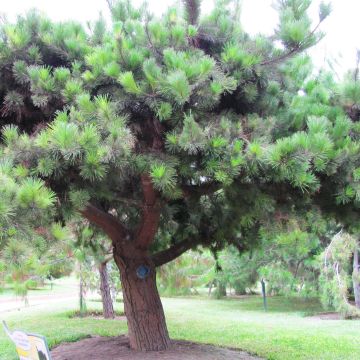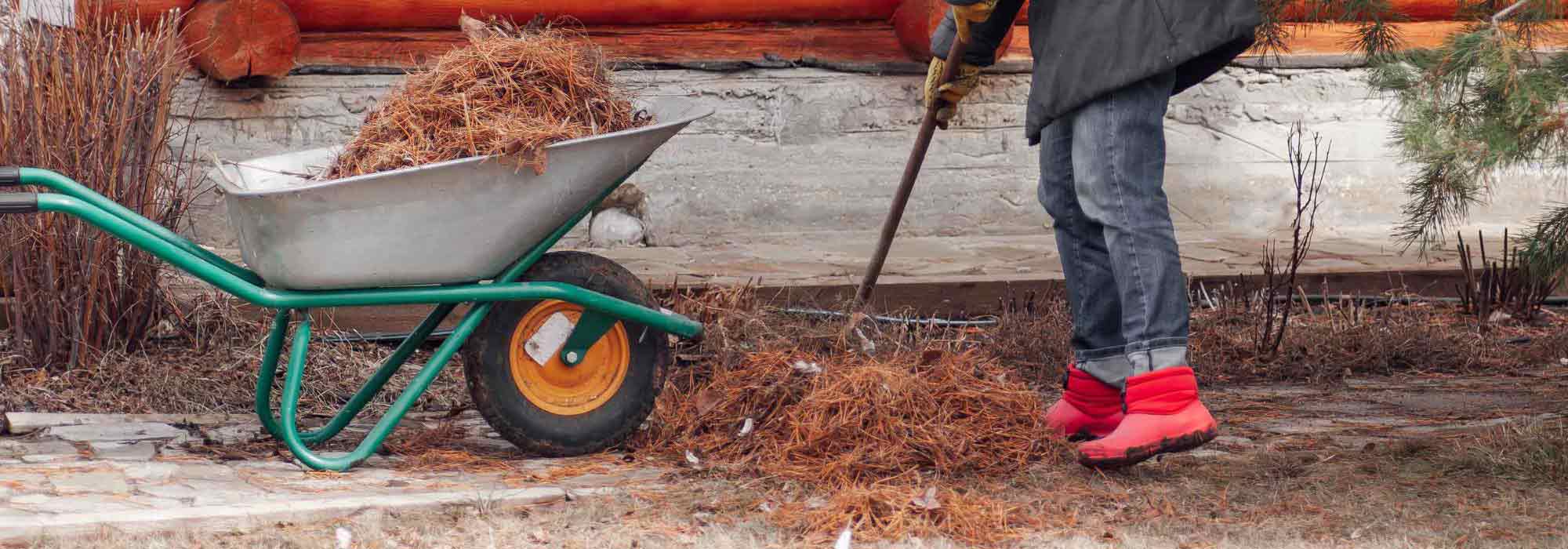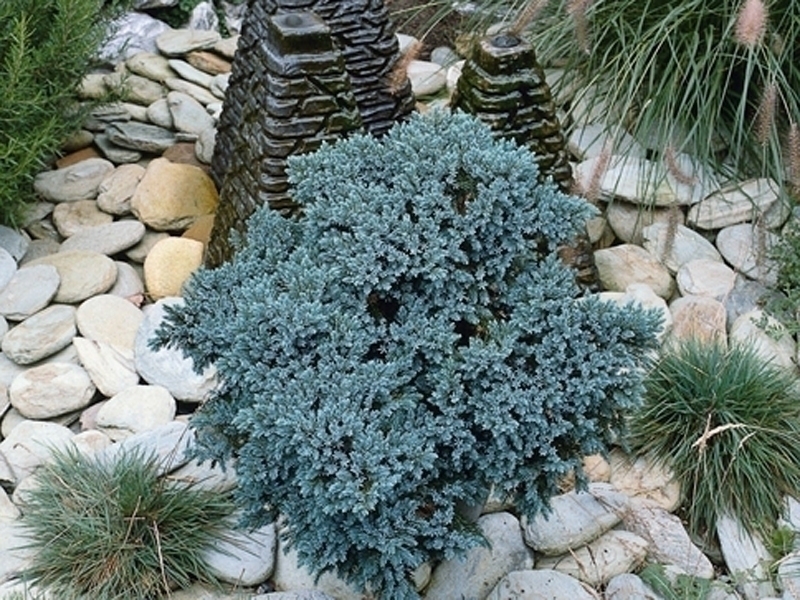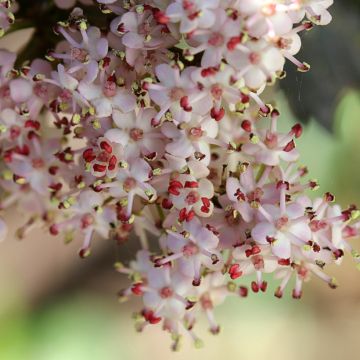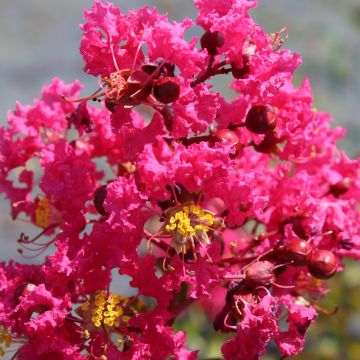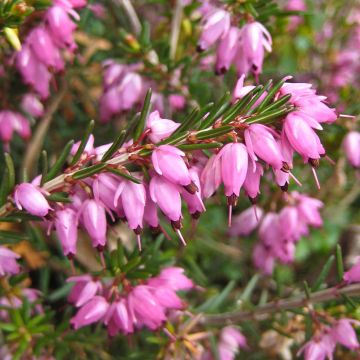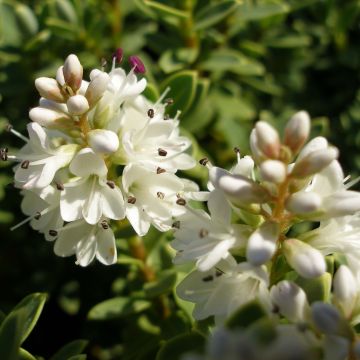

Pinus strobus Blue Shag - Eastern White Pine


Pinus strobus Blue Shag - Eastern White Pine


Pinus strobus Blue Shag - Eastern White Pine
Pinus strobus Blue Shag - Eastern White Pine
Pinus strobus Blue Shag
Eastern White Pine, Weymouth Pine, Northern White Pine
Special offer!
Receive a €20 voucher for any order over €90 (excluding delivery costs, credit notes, and plastic-free options)!
1- Add your favorite plants to your cart.
2- Once you have reached €90, confirm your order (you can even choose the delivery date!).
3- As soon as your order is shipped, you will receive an email containing your voucher code, valid for 3 months (90 days).
Your voucher is unique and can only be used once, for any order with a minimum value of €20, excluding delivery costs.
Can be combined with other current offers, non-divisible and non-refundable.
Home or relay delivery (depending on size and destination)
Schedule delivery date,
and select date in basket
This plant carries a 24 months recovery warranty
More information
We guarantee the quality of our plants for a full growing cycle, and will replace at our expense any plant that fails to recover under normal climatic and planting conditions.
Would this plant suit my garden?
Set up your Plantfit profile →
Description
The Pinus strobus 'Blue Shag' is an adorable compact variety of Weymouth Pine. Its spreading globose habit and long bluish-green needles give it an incomparable graphical aspect. A magnificent subject for contemporary or Japanese gardens, this Pine will also adorn a rockery provided it is not too dry. It grows in neutral to acidic, moderately moist soil, in full sun or partial shade. Relatively accommodating, this conifer, however, fears the atmospheric pollution of our cities.
The Pinus strobus, also known as White Pine, Weymouth Pine or Lord's Pine, is a conifer of the Pinaceae family native to eastern North America, up to Newfoundland Island in Canada. This king of the forest is a monumental tree, a gigantic pyramidal Christmas tree reaching 60 m (196 ft 11 in) in height in its natural environment, but currently only reaching a difficult 35 m (114 ft 10 in) in height due to the destruction of its habitat and extensive exploitation. It is a very hardy species, often planted for reforestation in forests, or as an ornamental tree in large parks.
The 'Blue Shag' variety, derived from this species, stands out for its much smaller size, its compact globose habit, and its regular growth. Its growth is slow, so that after 10 years of planting, it will only reach a height of 0.80 m (2 ft 7 in) with a spread of 1.20 m. When mature, it will reach a height of 1.50 m (4 ft 11 in) with a spread of 2 m (6 ft 7 in), forming a wide cushion. The Pinus strobus belongs to the group of "5-leaf Pines" like the Pinus Cembra, meaning that its needles are grouped together on the branches, giving them a friendly tousled appearance. Long, slender, and flexible, they have a beautiful bluish hue and are particularly decorative. This Pine thrives in neutral to acidic soil, not drying out too much, as it needs moisture, but nevertheless fears excessive water in winter. It will fully thrive in sunny exposure, tolerating partial shade. Sensitive to atmospheric pollution, it will therefore be more at home in a countryside garden than in the city center.
The 'Blue Shag' Dwarf White Pine will be particularly highlighted in a contemporary garden, showcasing graphic plants like itself. It can then be associated with other conifers with colourful foliage and an upright shape to create double contrasts, such as the Chamaecyparis lawsoniana 'Elwood's Gold' or the charming Thuja occidentalis 'Rheingold' with foliage that changes color throughout the year. It also goes well with the surprising Japanese Maple 'Shishigashira' with its tender green crisped foliage turning bright red in autumn. To reinforce this Japanese style, nothing beats a Chinese "Azalea," the Rhododendron luteum, with its fragrant yellow flowers and superb autumnal colourations, or a beautiful Japanese Camellia 'Nobilissima' with its white winter flowers and yellow heart.
Pinus strobus Blue Shag - Eastern White Pine in pictures


Plant habit
Foliage
Botanical data
Pinus
strobus
Blue Shag
Pinaceae
Eastern White Pine, Weymouth Pine, Northern White Pine
Cultivar or hybrid
Other Pinus - Pine
View all →Planting and care
The Pinus strobus 'Blue Shag' should be planted in autumn or spring in ordinary, preferably fertile, well-drained soil. It prefers light, sandy or loamy soils that are slightly moist and not too chalky. Choose a sunny location, or at least partially shaded in hotter climates. Soak the root balls well before planting. Add organic amendment during planting and water generously for the first three years, especially during prolonged drought. Apply a special conifer fertilizer every April and weed the soil in summer. This very hardy conifer (up to -30°C (-22 °F) at least) is not afraid of wind, but it dislikes waterlogged soils in winter and air pollution. This bush does not require pruning unless you want to further limit its already slow growth. In that case, shorten the new shoots of the year by one-third.
Planting period
Intended location
Care
Planting & care advice
This item has not been reviewed yet - be the first to leave a review about it.
Similar products
Haven't found what you were looking for?
Hardiness is the lowest winter temperature a plant can endure without suffering serious damage or even dying. However, hardiness is affected by location (a sheltered area, such as a patio), protection (winter cover) and soil type (hardiness is improved by well-drained soil).

Photo Sharing Terms & Conditions
In order to encourage gardeners to interact and share their experiences, Promesse de fleurs offers various media enabling content to be uploaded onto its Site - in particular via the ‘Photo sharing’ module.
The User agrees to refrain from:
- Posting any content that is illegal, prejudicial, insulting, racist, inciteful to hatred, revisionist, contrary to public decency, that infringes on privacy or on the privacy rights of third parties, in particular the publicity rights of persons and goods, intellectual property rights, or the right to privacy.
- Submitting content on behalf of a third party;
- Impersonate the identity of a third party and/or publish any personal information about a third party;
In general, the User undertakes to refrain from any unethical behaviour.
All Content (in particular text, comments, files, images, photos, videos, creative works, etc.), which may be subject to property or intellectual property rights, image or other private rights, shall remain the property of the User, subject to the limited rights granted by the terms of the licence granted by Promesse de fleurs as stated below. Users are at liberty to publish or not to publish such Content on the Site, notably via the ‘Photo Sharing’ facility, and accept that this Content shall be made public and freely accessible, notably on the Internet.
Users further acknowledge, undertake to have ,and guarantee that they hold all necessary rights and permissions to publish such material on the Site, in particular with regard to the legislation in force pertaining to any privacy, property, intellectual property, image, or contractual rights, or rights of any other nature. By publishing such Content on the Site, Users acknowledge accepting full liability as publishers of the Content within the meaning of the law, and grant Promesse de fleurs, free of charge, an inclusive, worldwide licence for the said Content for the entire duration of its publication, including all reproduction, representation, up/downloading, displaying, performing, transmission, and storage rights.
Users also grant permission for their name to be linked to the Content and accept that this link may not always be made available.
By engaging in posting material, Users consent to their Content becoming automatically accessible on the Internet, in particular on other sites and/or blogs and/or web pages of the Promesse de fleurs site, including in particular social pages and the Promesse de fleurs catalogue.
Users may secure the removal of entrusted content free of charge by issuing a simple request via our contact form.
The flowering period indicated on our website applies to countries and regions located in USDA zone 8 (France, the United Kingdom, Ireland, the Netherlands, etc.)
It will vary according to where you live:
- In zones 9 to 10 (Italy, Spain, Greece, etc.), flowering will occur about 2 to 4 weeks earlier.
- In zones 6 to 7 (Germany, Poland, Slovenia, and lower mountainous regions), flowering will be delayed by 2 to 3 weeks.
- In zone 5 (Central Europe, Scandinavia), blooming will be delayed by 3 to 5 weeks.
In temperate climates, pruning of spring-flowering shrubs (forsythia, spireas, etc.) should be done just after flowering.
Pruning of summer-flowering shrubs (Indian Lilac, Perovskia, etc.) can be done in winter or spring.
In cold regions as well as with frost-sensitive plants, avoid pruning too early when severe frosts may still occur.
The planting period indicated on our website applies to countries and regions located in USDA zone 8 (France, United Kingdom, Ireland, Netherlands).
It will vary according to where you live:
- In Mediterranean zones (Marseille, Madrid, Milan, etc.), autumn and winter are the best planting periods.
- In continental zones (Strasbourg, Munich, Vienna, etc.), delay planting by 2 to 3 weeks in spring and bring it forward by 2 to 4 weeks in autumn.
- In mountainous regions (the Alps, Pyrenees, Carpathians, etc.), it is best to plant in late spring (May-June) or late summer (August-September).
The harvesting period indicated on our website applies to countries and regions in USDA zone 8 (France, England, Ireland, the Netherlands).
In colder areas (Scandinavia, Poland, Austria...) fruit and vegetable harvests are likely to be delayed by 3-4 weeks.
In warmer areas (Italy, Spain, Greece, etc.), harvesting will probably take place earlier, depending on weather conditions.
The sowing periods indicated on our website apply to countries and regions within USDA Zone 8 (France, UK, Ireland, Netherlands).
In colder areas (Scandinavia, Poland, Austria...), delay any outdoor sowing by 3-4 weeks, or sow under glass.
In warmer climes (Italy, Spain, Greece, etc.), bring outdoor sowing forward by a few weeks.

































